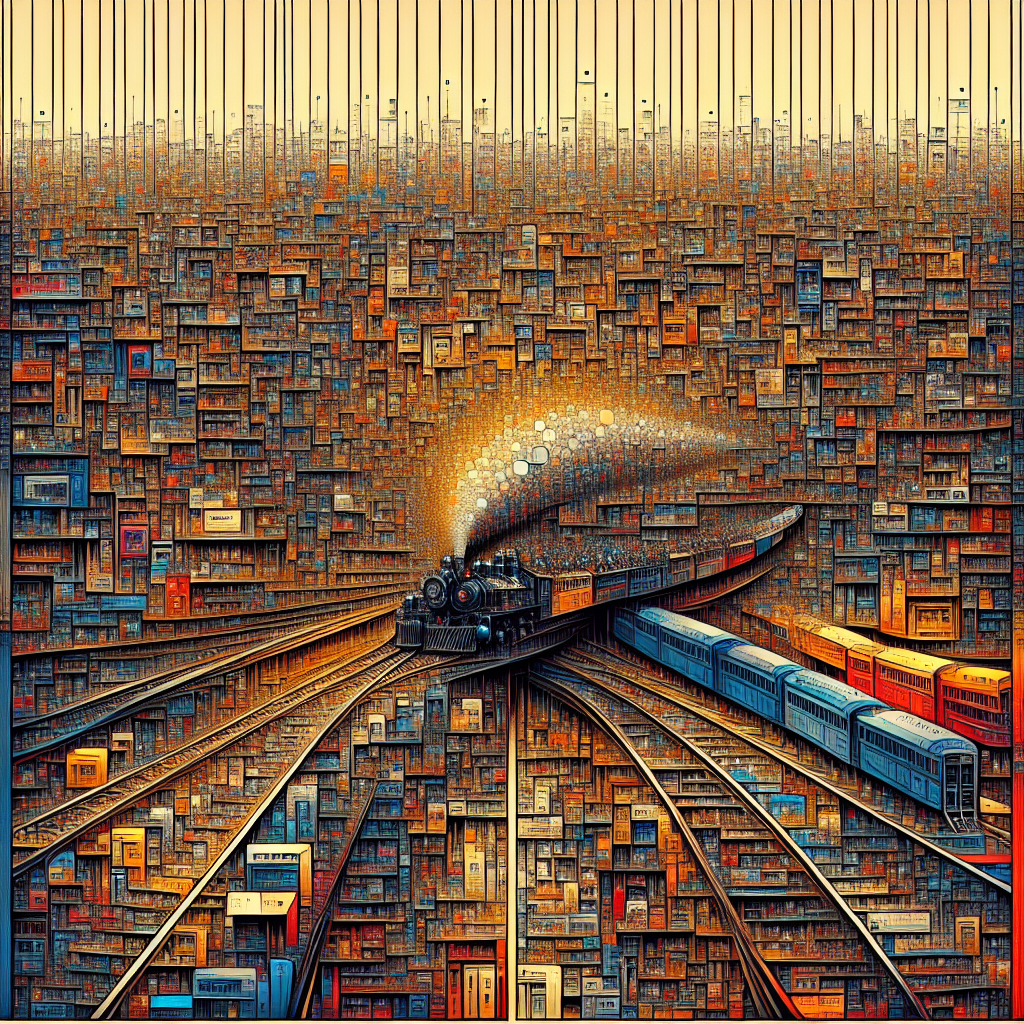Swinging Through History: The Legacy of 'Tuxedo Junction'
Imagine a melody so entrancing it could transport a bustling city straight to the heart of a jubilant parade. That's what 'Tuxedo Junction' does. First performed by Erskine Hawkins and his orchestra in the late 1930s, this jazz standard quickly made waves across America. But what's in a song that can make so many stop, listen, and dance? 'Tuxedo Junction' was more than a series of infectious rhythms and smooth harmonies; it was the soundtrack of an evolving nation, speaking to its hope, unity, and racial dynamics.
'Tuxedo Junction' first graced the airwaves right around 1939. The tune painted a picture of a lively stop on Birmingham, Alabama's streetcar route, known for its vibrant nightlife and jazz clubs teeming with aspiring musicians and spirited crowds. This was a time marked by segregation, with the African American community frequently marginalized. Yet places like Tuxedo Junction were havens where music served as a unifying force. The anthem embodied the vitality and enthusiasm of a people eager to find joy despite adversity.
This piece wasn't just popular within Birmingham. When Glenn Miller recorded a version soon after, it rocketed to the top of the charts. His rendition brought the sound of 'Tuxedo Junction' to a broader audience, shining a national light on a corner of Alabama electrifying with jazz.
Music often reflects the community, capturing collective experiences and emotions. In the case of 'Tuxedo Junction', it was about celebrating a lively, spirited culture where African Americans could gather, express themselves, and challenge the status quo. The song gave listeners, regardless of their background, a taste of this dynamic corner of America.
Listening to 'Tuxedo Junction', you're not just hearing a tune; you're tapping into the collective heartbeat of a community that found resilience in rhythm. While the vibrant spirit of its namesake spot was unmistakable, what's most fascinating is how the themes of the song appealed to so many beyond its immediate environment. It spoke to anyone craving change, expressing the universal appeal of jazz as a bridge across divides.
Yet this song also delves into the complex racial issues of its time. Being about a historically Black neighborhood meant 'Tuxedo Junction' resonated with experiences endemic to African American life in the mid-20th century. Music had a power to unify, even as systemic inequities persisted, highlighting disparities while celebrating cultural achievements.
Some might argue that music like this romanticizes an era punctuated by inequality. Indeed, the joy and expression evident in 'Tuxedo Junction' were not without the challenges faced by its creators. However, focusing solely on these adversities ignores the incredible resilience and artistry that emerged from these communities. Recognizing this complexity enriches our understanding of the era, and similarly relevant today, where disparity and creativity still coexist in the cultural landscape.
'Tuxedo Junction' also offers layers of nostalgia, harkening back to a time when swing music and dance halls were not just pastimes but essential places of release. Our modern ears might tune into its catchy swing or find comfort in its familiarity, igniting a spark of intrigue into the past. Gen Z, known for its embrace of inclusivity and awareness of historical contexts, can find solidarity in the shared experience of using art as a conduit for progress.
Reflecting on 'Tuxedo Junction', there's a striking reminder of music's role as both mirror and molder of society. It shows how influential cultural cornerstones can transcend their origins, painting broader pictures of the worlds in which they were created. The lively notes resonated well beyond Birmingham, leaving an indelible mark on the American jazz scene and challenging stereotypes through pure musical joy. History and current moment combine here, illustrating how art continues to inspire and uplift.
For those who hear 'Tuxedo Junction' for the first time today, there's a connection to a rich lineage of creativity born out of challenge and celebration. In acknowledging both the melody and its cultural roots, we appreciate an era of innovation within a historically undervalued community. The enduring charm of 'Tuxedo Junction' resides in its unwavering ability to invite everyone onto the dance floor, calling to our shared humanity through each jubilant note.

